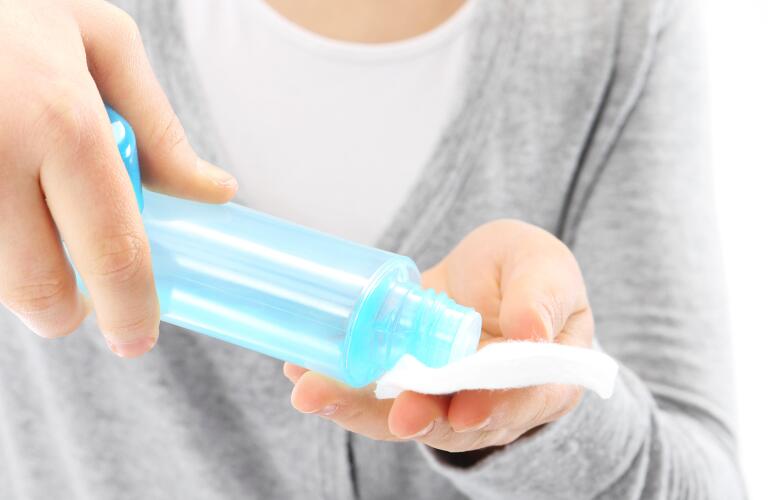
Hidradenitis suppurativa (HS), also known as acne inversa, is a skin condition that causes inflamed bumps that can be tough to treat. The goals of treatment are to clear and prevent breakouts, and get rid of scars.
Until 2015, there were no FDA approved treatments for acne inversa. Typically, your doctor prescribes treatments approved for similar conditions that also have helped people with acne inversa. However, the FDA recently approved the biologic drug adalimubab (Humira) for moderate to severe acne inversa, giving doctors a powerful new option. Humira isn’t for everyone. It can take time to determine what treatment is right for you, and you may need to try several different medications or combinations to clear your skin.
Most treatments for acne inversa work by reducing inflammation around hair follicles. Some reduce oil production or treat infection. Your doctor will put together a treatment plan from options including:
Although acne inversa is different from usual acne, many people with acne inversa will benefit from using some of the same medications. Your doctor may have you wash the affected area with a benzoyl peroxide cleanser. Oral antibiotics are commonly taken for varying periods of time to fight infection and reduce inflammation. You may be advised to take a bleach bath twice a week to reduce the bacteria on your skin. Oral retinoids such as isotretinoin, which are derived from vitamin A, may be helpful for some people. However, topical acne creams are usually not helpful for acne inversa.
Certain hormones are thought to trigger acne inversa breakouts. Women with stubborn acne inversa may improve by taking oral contraceptives or other medications that reduce testosterone. Your doctor will discuss the risks and make sure you can safely take hormonal treatments.
Metformin is a medication for people with type 2 diabetes, which affects the hormone insulin. It can be helpful for some people with acne inversa, especially if they are overweight or have high blood sugar.
Since inflammation is a key factor in acne inversa, these medications can be very effective. Medications include methotrexate; oral or injected corticosteroids; and adalimubab, the biologic recently FDA approved for acne inversa. Biologics are drugs made from living cells in a lab.
These powerful medications are usually used for a long period of time. However, they can increase your risk of serious side effects, including infections and even certain cancers. Your doctor will need to monitor you closely.
Destructive lasers such as the CO2 laser may be used to surgically remove lesions. However, non-destructive lasers, like those commonly used for hair removal, may be especially effective in preventing new breakouts by destroying the hair follicle itself. By removing the hair, you also avoid the need to shave, which can reduce breakouts.
People with acne inversa may get large cysts and sinus tracts, which are tubes or channels under the skin that connect with fluid-filled cysts. These often heal with scars. Most times, the only way to get rid of deep cysts, sinus tracts, and scars is to open or remove them surgically. Opening cysts or sinus tracts will usually allow the fluid to drain and the area to heal. However, for more permanent removal, and for scars, sometimes the whole area needs to be removed, including a small amount of healthy skin. This usually requires a skin graft to heal.
Along with medications, lasers, and surgery, there are things you can do to improve your skin. These include losing weight if you are overweight, avoiding or quitting smoking, and managing stress. For some people, these changes can clear their skin even better than medical treatments. Your dermatologist will also give you tips on how to avoid shaving and reduce heat and friction, which are common triggers for breakouts.
As treatment for acne inversa can be frustrating and slow, it’s important to work closely with your dermatologist and follow the plan he or she has made for you. Let your doctor know if you have concerns about a particular treatment, or if it’s not working or is causing side effects. There may be options that will work better for you and your lifestyle.



